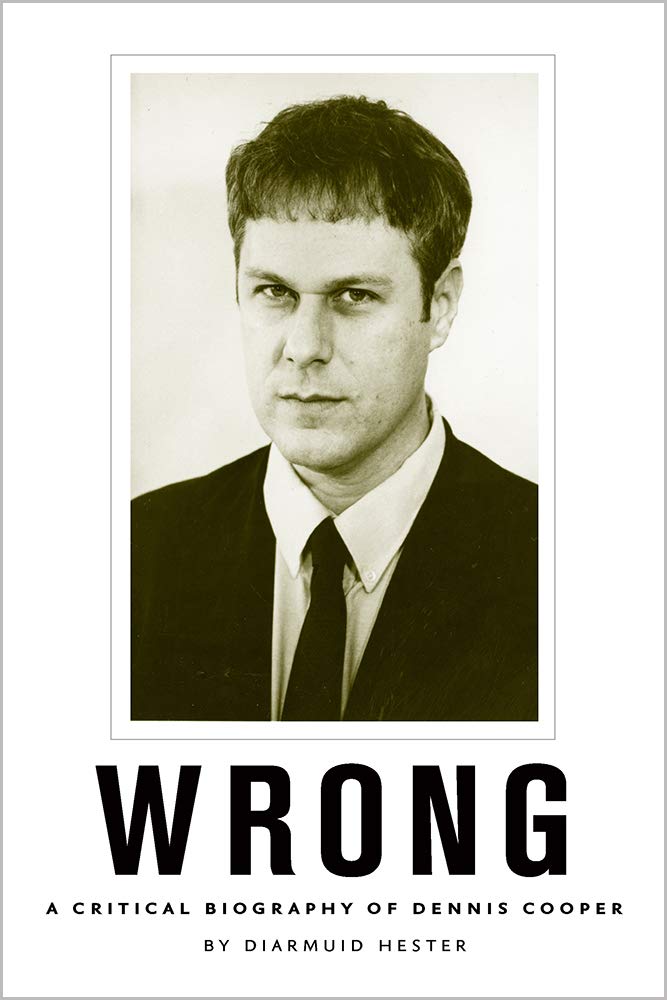Raven Chacon
Nicola Giannini
Rolf Julius
Adam Basanta
Edwin Lo
Camille Norment
::vtol::
Haroon Mirza
Quiet Ensemble
Avoka
Nikola Bašić
Emeka Ogboh
Tundra
Nicolas Field
Nicolas Bernier
Rubén D´hers
Arno Fabre
Ronald van der Meijs
Robert Morris
Javier Bustos
Thessia Machado
Louise Lawler
Sergey Filatov
Max Neuhaus
Étienne Krähenbühl
_______________
Raven Chacon Report, 2001/2015
‘Report is a musical composition scored for an ensemble playing various caliber firearms. The sonic potential of revolvers, handguns, rifles, and shotguns are utilized in a tuned cacophony of percussive blasts interspersed with voids of timed silence. In the piece, guns – instruments of violence, justice, defense, and power – are transformed into mechanisms for musical resistance.’
_______________
Nicola Giannini Inner Out, 2015
‘The inner sounds of objects and substances picked up with contact mics or hydrophones never cease to amaze. For Inner Out, Italian sound designer and artist Nicola Giannini uses contact mics frozen in ice, and performs a concert on them by playing the ice. Using different objects and techniques, such as grinding, tapping, hitting the ice, or pouring hot water, he creates the source material which he processes with live electronics to create a surround concert.’
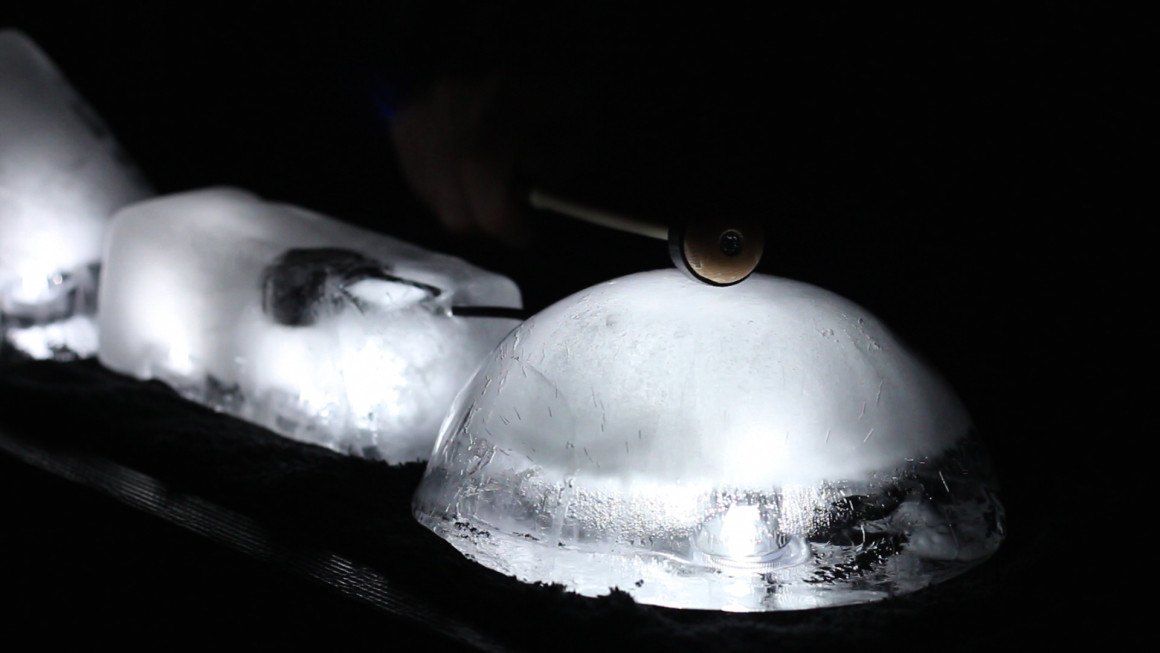
_______________
Rolf Julius Performance, 1988
‘Scattered on the floor solar panels neighbored loudspeakers, bowls, tape-players, etc. The elements were interconnected with delicate lines of electronic wires which were constantly rearranged and recomposed by Rolf Julius’ subtle gestures. He created a whole ecosystem and turned it into a musical instrument, “playing” on it whilst making it change and evolve. Moving throughout the space, Rolf Julius manipulated the recording, modulating sounds by interrupting the power source of the solar panels. Sometimes he covered the speakers or the bowls with paper which would tremble from the sound vibrations. Sometimes he placed little sticks on them. He sound-painted in space with light and objects, fusing the acts of hearing and seeing into one.’
_______________
Adam Basanta The Sound of Empty Space, 2014
‘With his new series of works called The Sound of Empty Space, composer & media artist Adam Basanta explores relationships between microphones, speakers, and surrounding acoustic environments through controlled, self-generating microphone feedback. Adam’s work investigates perception, and listening in particular, as an active, participatory, multi-modal activity.’
_______________
Edwin Lo Eyes and Ears – Homage to Rolf Julius, 2014
‘Edwin Lo is an artist and researcher working across video, image, installation, sound and video game.’
_______________
Camille Norment Rapture, 2015
‘Crucial to Camille Norment’s work is the notion of cultural psychoacoustics, which Norment defines as “the investigation of socio-cultural phenomena through sound and music—particularly instances of sonic and social dissonance.” Her work examines sound as a force over the body, mind, and society. She works with recorded sound, installation, drawing, and performance—including performing within a trio comprised of Norwegian hardingfele, electric guitar, and glass armonica. “Each of these instruments was once banned in fear of the psychological, social, or sexual power their sound was thought to have over the body, and the challenge they represented to social control.”‘
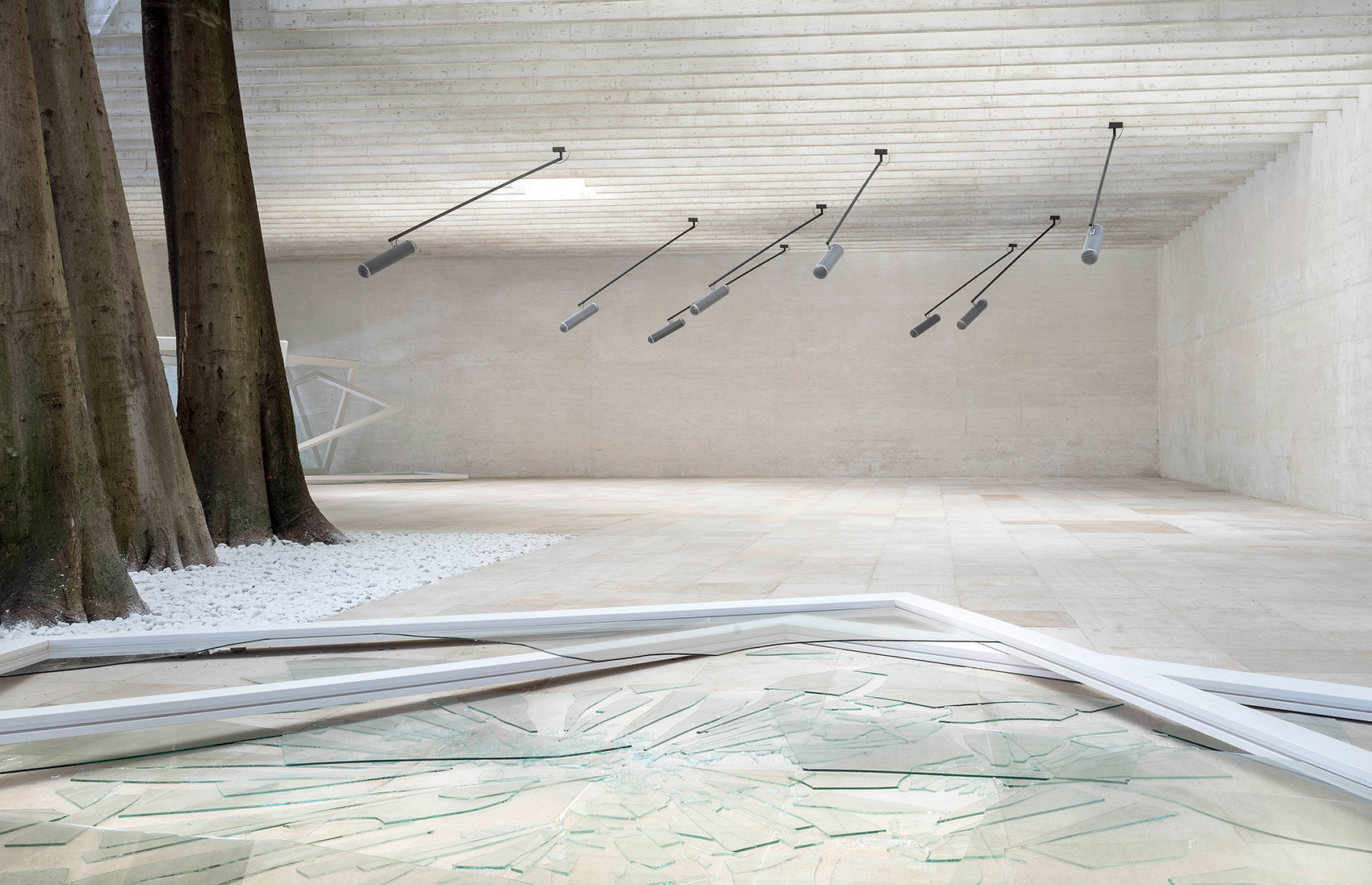
_______________
::vtol:: R x2, 2015
‘R x2 is a kinetic sound sculpture collecting data on the shocks in the earth’s crust (earthquakes) and capturing all of them above 0.1 Richter magnitude scale. On an average day there are up to 200 of these quakes. The data is converted into signals that control motors connected to a bunch of Thunder Drums acoustic drums. These Thunder Drums consist of a spring attached to the skin of the drum, so when it’s shaken the spring moves and creates a continuous resonance through the body of the instrument, not unlike the rumble of thunder. The rumble that sounds fits the character of an sonified earthquake quite well.’
_______________
Haroon Mirza A Chamber for Horwitz: Sonakinatography Transcriptions in Surround Sound, 2015
‘Isolated in a square chamber at the entrance of the gallery, Horwitz’ seminal work, Sonakinatography Composition III is transcribed through Mirza’s audio-visual coding of eight LED structures that oscillate through the original Sonakinatography spectrum and their respective sonic frequencies. While in the past Mirza has composed his light installations, here the score directly transcribes Horwitz’ composition, originating nearly five decades ago. Stacks of carefully arranged acoustical foam blocks line the walls to contain the sound of the orchestrated LED lights, humming in different octaves as they shift in color. Hanging adjacent to the entrance of the chamber, Horwitz’ Sonakinatography Composition III offers a two-dimensional score to read and align with its LED transcription inside. ‘
________________
Quiet Ensemble The Enlightenment, 2014
‘The Enlightenment is described as a “hidden concert of pure light”, performed by an uninhabited orchestra of lighting elements, including stagelights and high-powered bulbs. It reminds me somewhat of Francois Bayles “Acousmonium”, but with a variety of lamps instead of speakers. Neon lights instead of violins, strobe lights instead of drums, etcetera. Each lamp is fitted with its own copper coil, receiving electrical current at various intervals. The electromagnetic field of the lamps are captured by a sensor attached to each lamp, which turns currents into sound. Salvo and Vercelli modify the electric emissions in real time, performing the orchestra.’
________________
Avoka Dyskograf, 2013
‘Dyskograf is like a turntable, but this time you can draw the record yourself. OK – you cannot actually create a song, but a loop of electronic music. It’s like a circular step sequencer with a nostalgic appearance, as it bridges the gap between virtual instruments and the tactile way of writing music with pen on paper. A camera reads the information drawn on Dyskograf’s paper disks and transfers the information to the software which plays the sound.’
________________
Nikola Bašić Sea Organ, 2006
‘Concealed beneath marble blocks, the ‘Sea Organ’ (morske orgulje in Croatian) is comprised of a network of polyethylene tubes and resonating cavities which sing as the waves and wind lap the shore. With thirty five individual pipes spanning a total length of seventy metres, it is the largest aerophone in the world. According to reports, the sound is specifically directed out to sea and is impossible to hear from within the city of Zadar itself.’
__________________
Emeka Ogboh Market Symphony, 2015
‘In Market Symphony, Ogboh has combined the ambient sounds of his hometown with electronic compositions to create an immersive experience. Visitors hear the voices of traders advertising their goods and calling out for potential customers, the sounds of bantering between buyers and sellers, and the overall bustle of Lagos’s major markets. Speakers are mounted on colorful enamelware trays commonly used for displaying goods at stalls in Nigerian markets like Balogun. Laden with food and other goods, such trays are also popular with itinerant hawkers who weave through Lagos’s busy streets while balancing their wares upon their heads. Whether concealed beneath merchandise or navigating crowded streets, these trays lend to the color, chaos, and creativity characteristic of the symphony of rhythms at Balogun and other markets.’
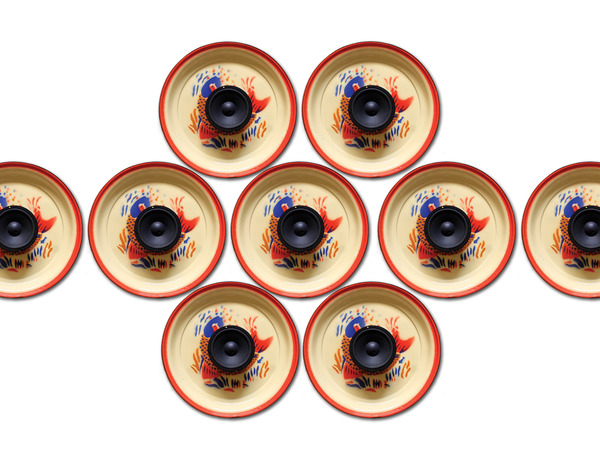
__________________
Tundra Hyperjump, 2014
‘“Hyperjump” was created as a site-specific work for one of the halls of the former First Cadets Corps, which is now being reconstructed as a study spaces of Saint-Petersburg State University. The nineteenth-century hall has a sports ground with a basketball court, built here in Soviet time. 25 moving head light beams on a truss stands and a powerful sound system were installed along the hall. While the light sculpture started to move, the electronic light devices came to life, turning into the actors themselves, bringing the light, shut in the strict geometry back, to its unpredictable nature.’
__________________
Nicolas Field Shimmering Beast, 2006
‘Field’s work “Shimmering Beast” is a huge, upside down triangle, formed by sixty cymbals and stands, bass-transducers and light. This monumental and visually stunning collection of cymbals strike eachother lightly because of a resonating floor, and produce a shimmering sound. “Shimmering Beast” was created during a residence in the Swiss Institute in Rome and was a part of the Needcompany performance Caligula.’
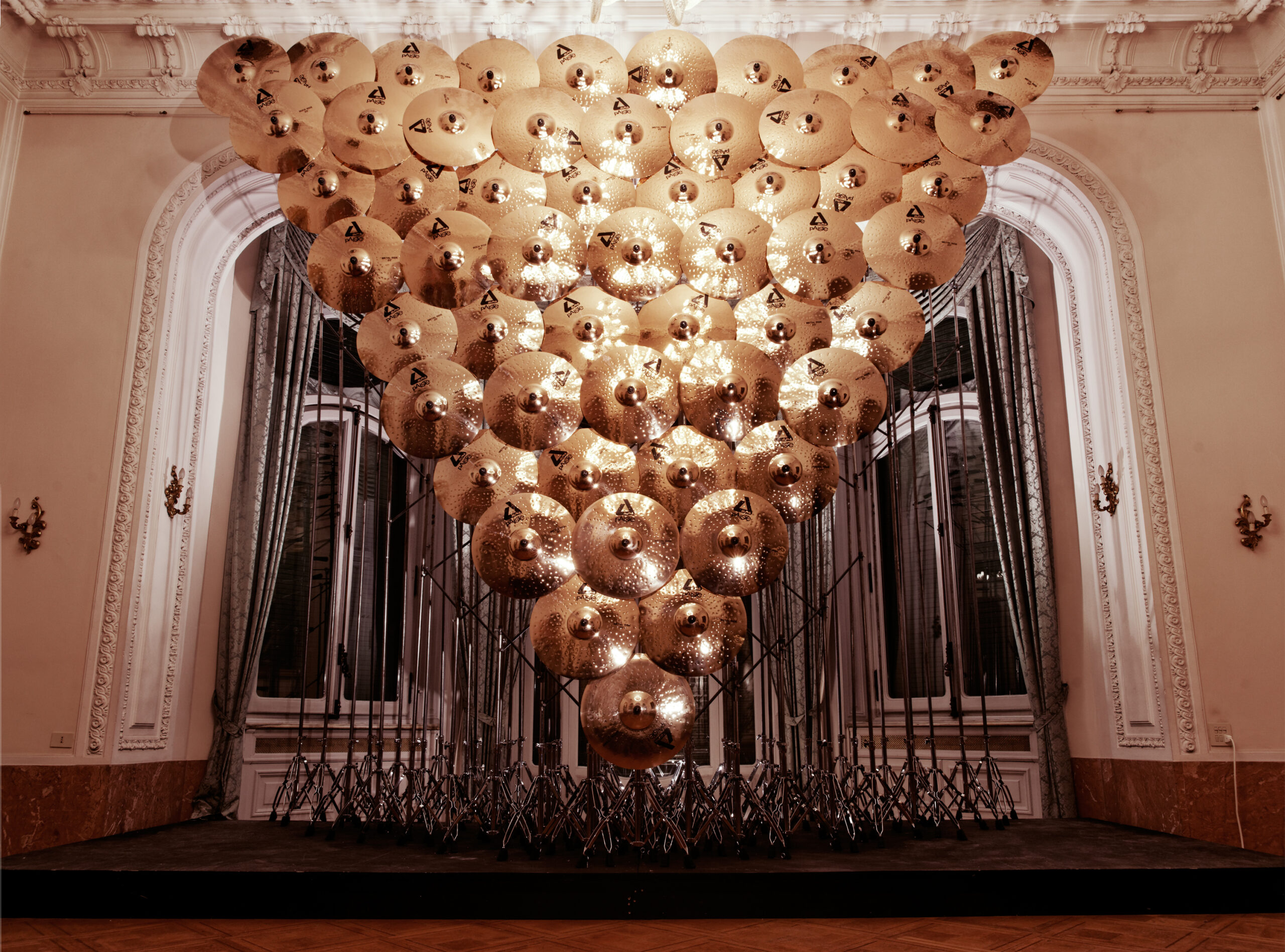
________________
Nicolas Bernier Frequencies, 2012
‘“Frequencies (a)” is a sound performance combining the sound of mechanically triggered tuning forks with pure digital soundwaves. The tuning fork, producing a sound closest to a pure sinewave, provides a historical link between science, tonal instrument works, and electronic music. The performer is triggering sequences from the computer, activating solenoids that hit the tuning forks with high precision. Streams of light burst in synchronicity with the forks, creating an intense sound and light composition.’
______________
Rubén D’Hers Playa, 2012
14 acoustic guitars, 31 dc motors, 300 m cable, fabric and computer.
_______________
Arno Fabre LES SOULIERS QUINTET, 2007
‘LES SOULIERS QUINTET is an orchestra of five pair of shoes, piloted by computer and mechanically actived by “tramplers”. The shoes strikes and scrapes the floor. They interpret a piece especially written for them : “Etude pour Quintet de Souliers” (a Midi digital score played by mas/msp). This study (10 minutes loop) is in two movements. The first one suggests folkdance steps from a still unknown country, and the second one a military march leading to a mess.’
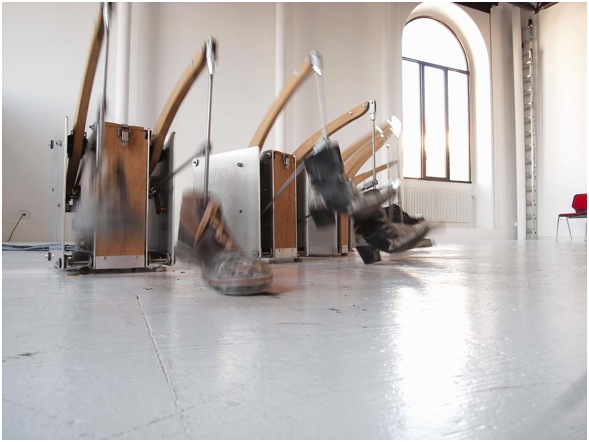
______________
Ronald van der Meijs Earthly sounds for nine candles, 2016
‘The candles are in fact the musicians of this sound installation, and their diversity in size slowly yet irregular transform the pitched sound of each organ pipe. In this way, the overall sound is constantly changing which causes a rich diversity in low and soft sounding pulsating bass rhythms. The air pump is built in a black rubber skin covered box to kill the noise and blows up when the pump is starting to work as it is the heart of the installation. To give an idea on the sound speed, the smallest candles need to be changed every six hours while the thickest runs more than five days. In other words, this installation requires daily care and attention. The burning candles get shorter and cause a vertical movement in each mechanism. Because the candles’ fat is burning a way at the top, a special little shaft around the candles is drawn downward thus, by way of a spring system which pushes the candle up while it gets shorter, it pulls a wheel connected to a brass valve, opening it up on the front end of each organ pipe at the same speed to which the candle burns. In this way, the air column of each organ pipe gets shorter and pitches up their tone.’
______________
Robert Morris Box with the Sound of Its Own Making, 1961
‘From inside an otherwise ordinary wooden box emerge the occasional sounds of hammering, sawing, and sanding. These sounds form part of a three-and-a-half-hour recording that Morris created while making the very box in front of us. The audio soundtrack reframes our experience of the work, suggesting an ongoing act of labor, which is interrupted only by the necessity to rest or retrieve more supplies.’
______________
Javier Bustos Radio Trio, 2020
#installation #kinetic #radio #sound art
_______________
Thessia Machado Turntables, 2012
‘interactive sound installation with modified records and turntables, percussive objects and servo motors controlled by an arduino mega. 6 different sound routines are triggered by an distance sensor.’
_______________
Louise Lawler Birdcalls, 2016
‘For this work, Louise Lawler sounded out the names of various well-known male artists—including Vito Acconci, Carl Andre, and Donald Judd—in the style of birdcalls. The humor and wit are balanced by the knowledge that these white male artists are continually recognized as being at the forefront of art, its discourses, and its histories, with no symmetrical attention paid to the significant contributions of women artists and artists of color in the discussion of advanced aesthetics.’
_______________
Sergey Filatov Subtle Connection, 2019
‘Quadrophonic music composition recorded in the low-frequency range is played back via four speakers. The frequency range involved is unheard by the human ear. Plexiglass bowls contain thin aluminium plates in various shapes and sizes. They build acoustic interaction by changing the amplitude of motion.’
_______________
Max Neuhaus Times Square, 1977
‘If you walk over the metal grating smack in the middle of the pedestrian island between 45th and 46th street where Broadway and 7th Avenue meet, slow down a little and listen closely to the space beneath your feet: you’ll notice a subtle shift in the soundscape around you. There is a mysterious low-pitched humming drone that sounds like it could be some kind of industrial engine or maybe the sound of a didgeridoo player helplessly trapped below, but it’s neither of these things. (Though for years I assumed it was a didge player with incredible lung power!) The drone is actually a subterranean continuous sound art installation designed by the artist Max Neuhaus (1939-2009) in 1977.’

_______________
Etienne Krähenbüh Big Bang, 2012
‘Mobile in the shape of a sphere, 2.5 meters in diameter, made up of a multitude of burnt oak sticks, each hung by a metal wire from the ceiling of the building. The touch or the wind triggers a visual and sound movement effect that is different each time. The sphere expands, and shrinks as it swings and clashes between the woods.’
*
p.s. Hey. ** Dominik, Hi!!! Oh, does he? Oops. Memory failure. Thank you about the funding problems. Honestly, it looks terrible at the moment, and I’m very worried that the film project is about to collapse. Prayers. The song we planned to use and can’t is a very old Fleetwood Mac song from the late 60s when they were a blues rock band. ‘One Sunny Day’. It sucks because it was built into the script/narrative, but it may not even matter at this point, I guess. But enough gloom. Awesome that the concert was so great! When’s the next one, or maybe it’s already happened? Ha ha, the world needs more Herberts, that’s for sure. Love making the world fair, G. ** David Ehrenstein, Poems are forever. ** Robert, Hi. Well, you are when you read a novel, no? A novel is just a formula. A writer can’t cement what a novel is going to be because it only lives in a reader’s head and every reader’s novel is completely different than any other reader’s novel. A novel is just giving directions. Or that’s how I try to think about novels when I write them. But you describe it very well. ‘Guide’ is where I really started to write novels that way in earnest. Or where I felt like I’d experimented enough to know to do that or how to try successfully at least. Anyway, thanks, you weren’t rambling whatsoever. Hannah’s stuff has that southern thing but its drier and wittier or something. Maybe like Joy Williams but not as genius (to me). ** Bernard, I was surprised to put Barry Hannah here, so that makes sense. I’d read that structuralist study in a heartbeat. Or, well, almost any structuralist study. Gotcha about Notley. I can totally imagine. See you before too, too long. ** _Black_Acrylic, You might like his stuff. It’s fun. ** Steve Erickson, The Terence Davies is out? At least over there? Cool. Well, I’ll read your review before I get myself too hyped. Everyone, Steve’s review of Terence Davies’ BENEDICTION has just been published here. ** Okay. Here’s the sixth installment of my ongoing series of posts focusing on artists whose work is focused on making noise of one kind of another. Some very cool stuff in there. Please investigate. See you tomorrow.
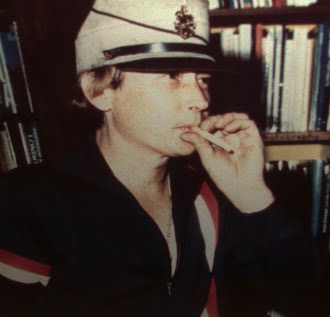
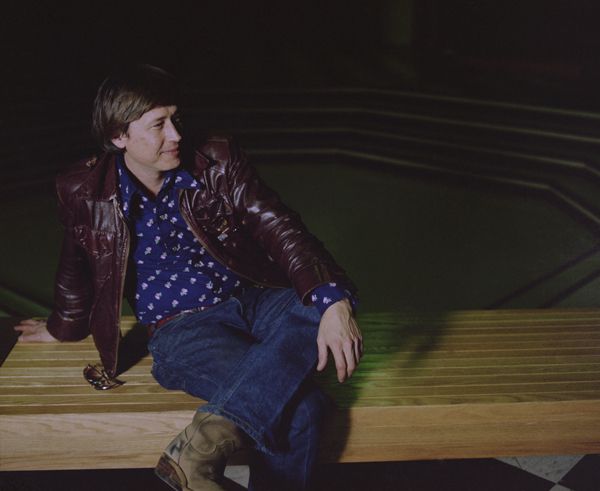
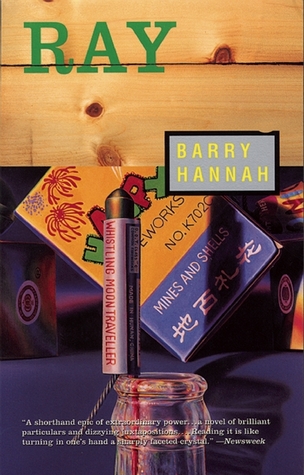 Barry Hannah Ray
Barry Hannah Ray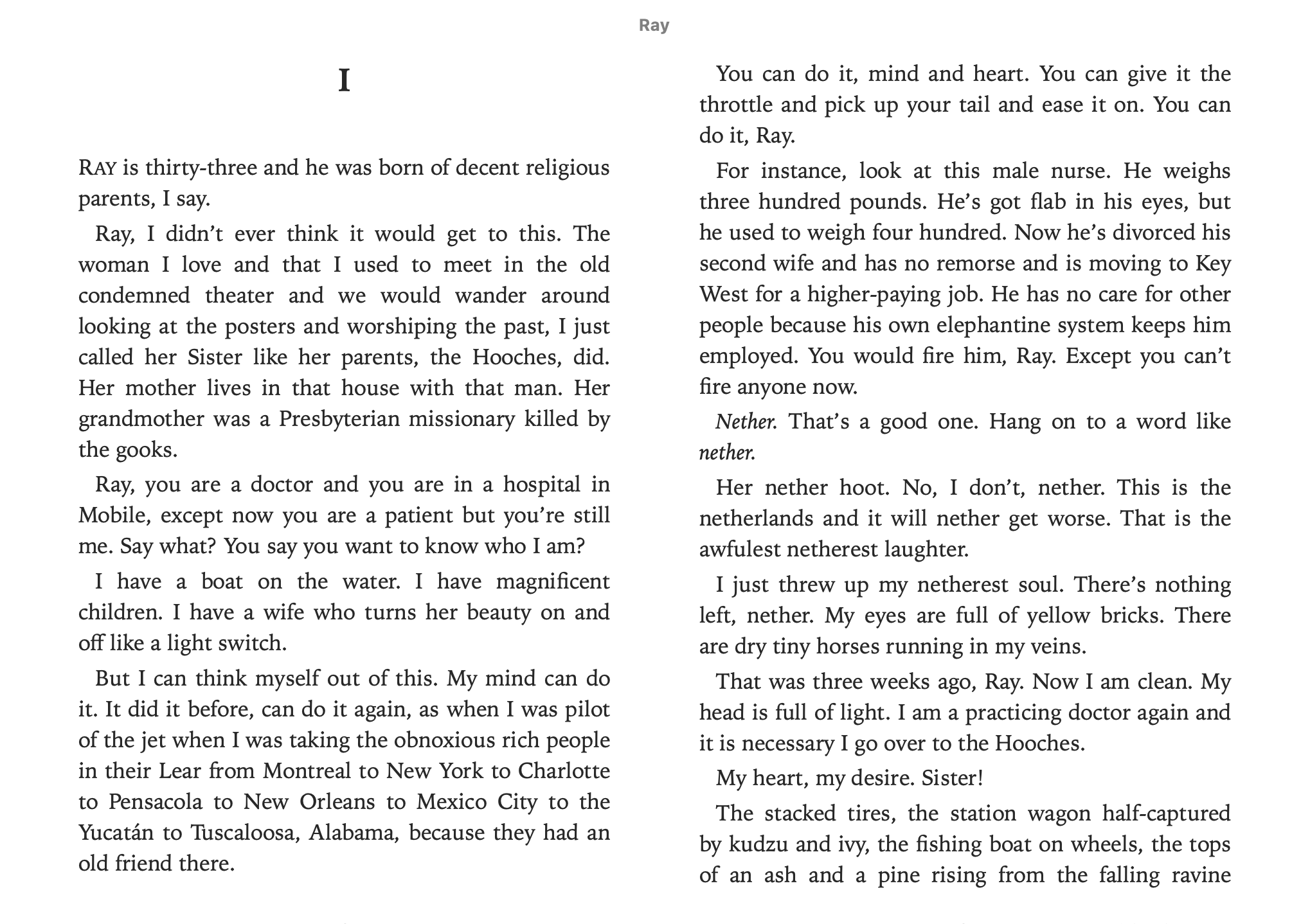
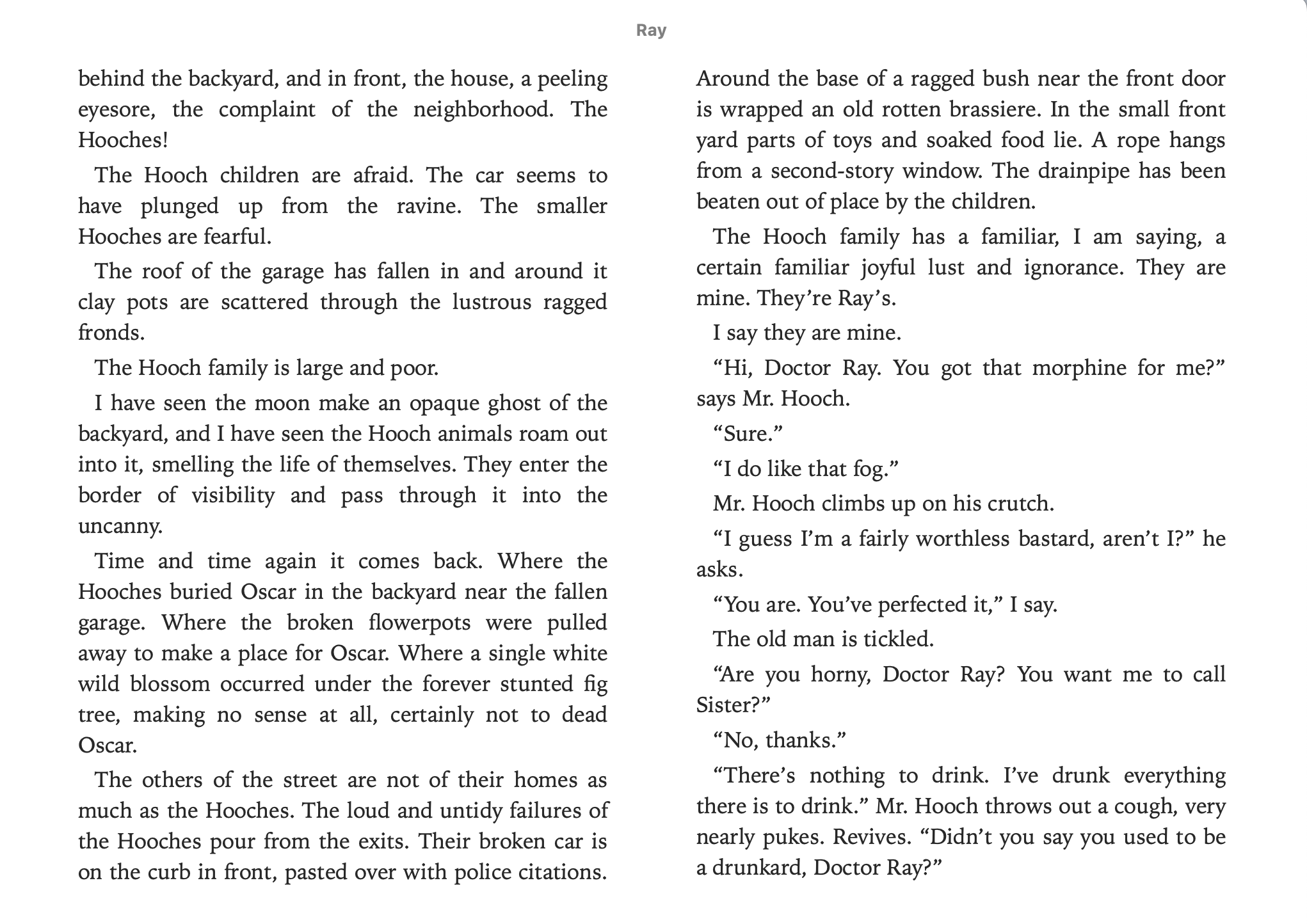
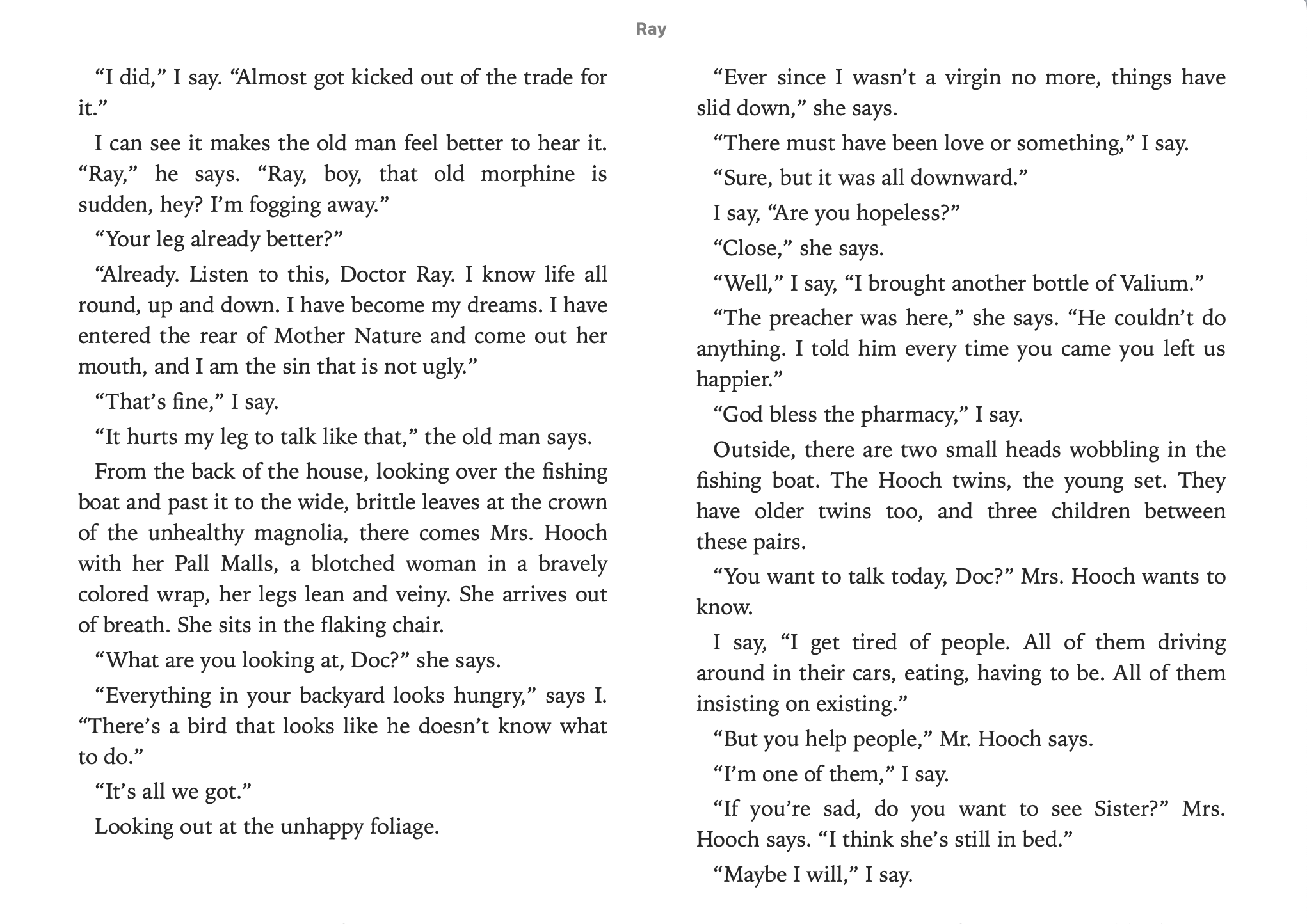
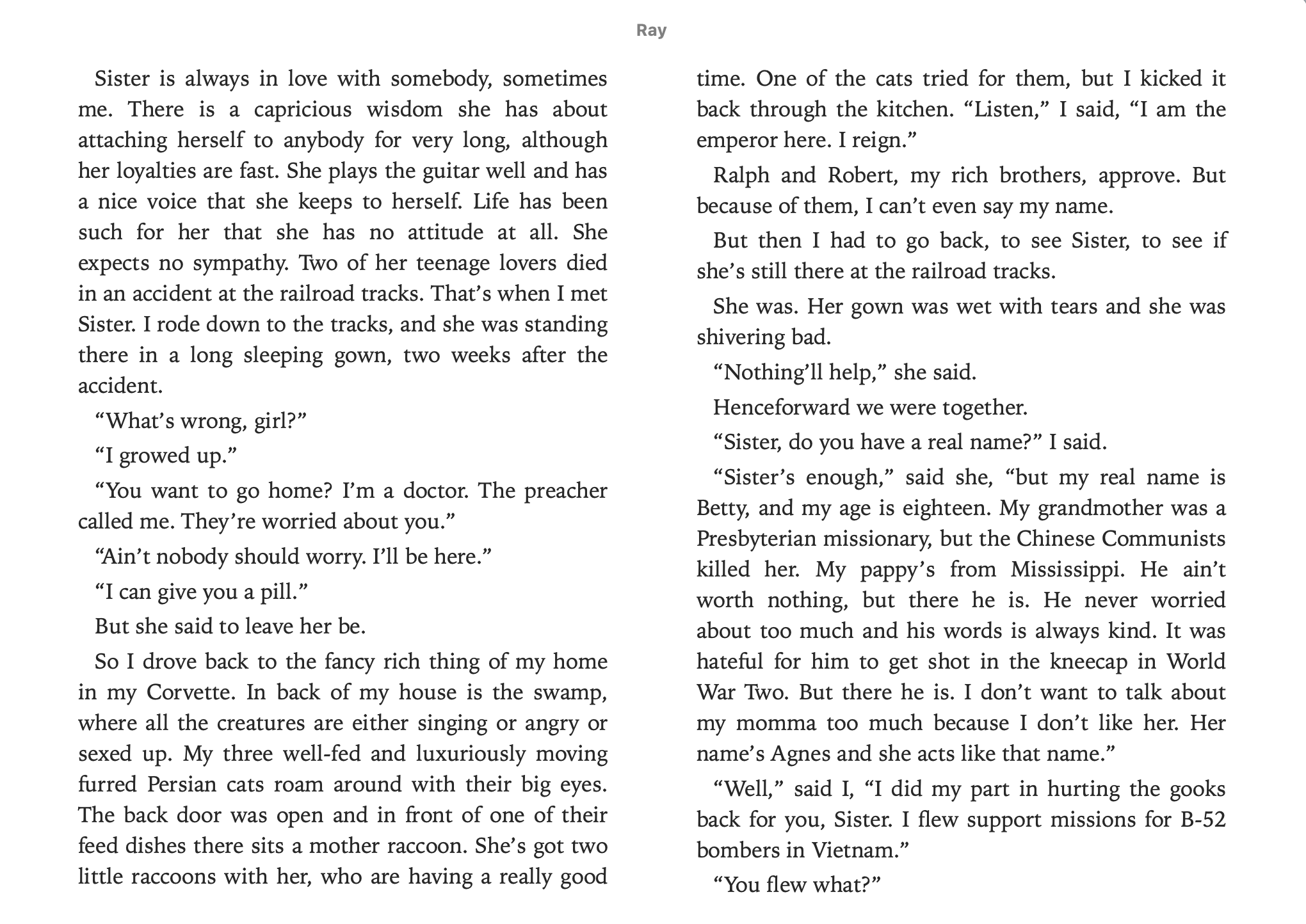
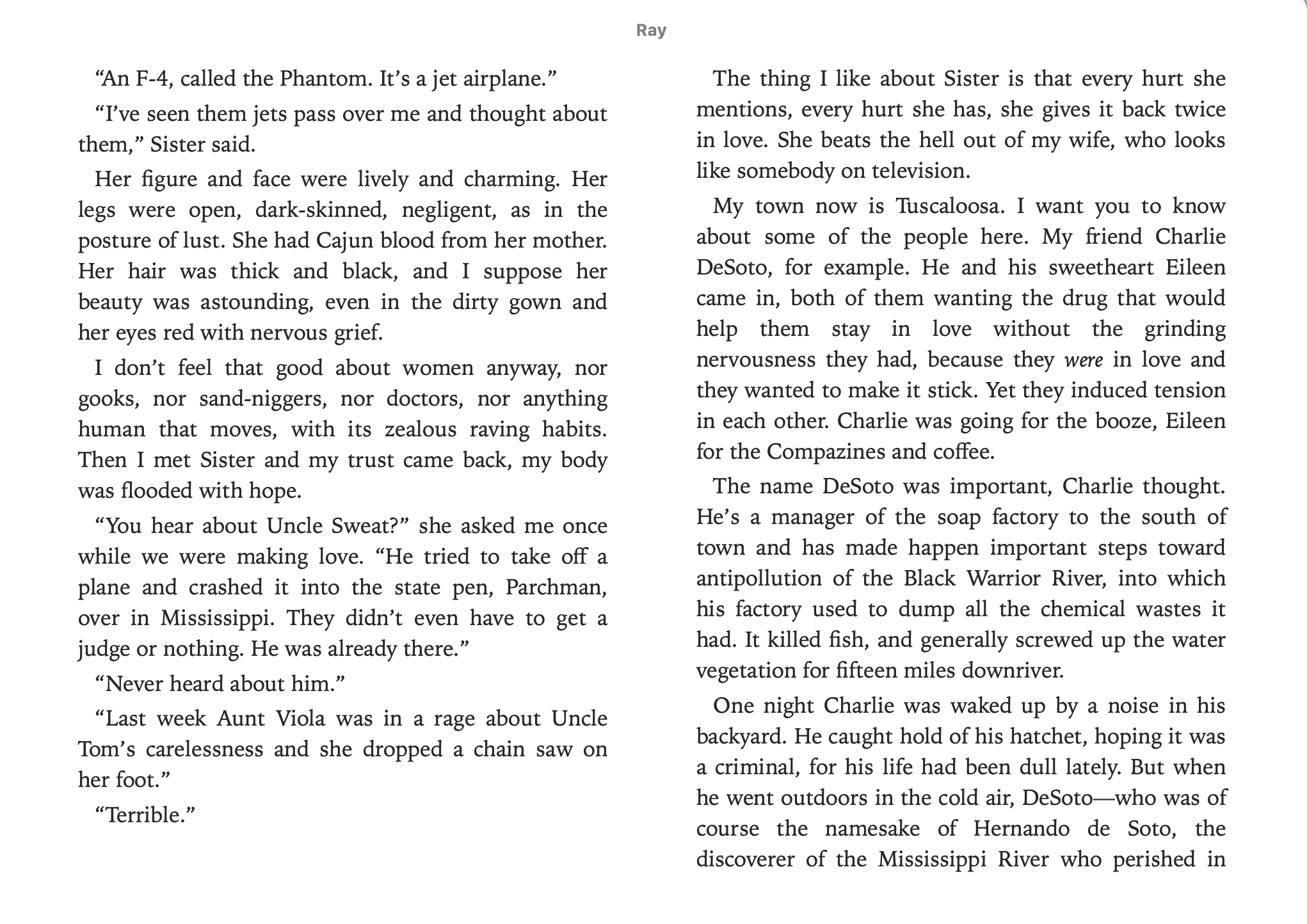
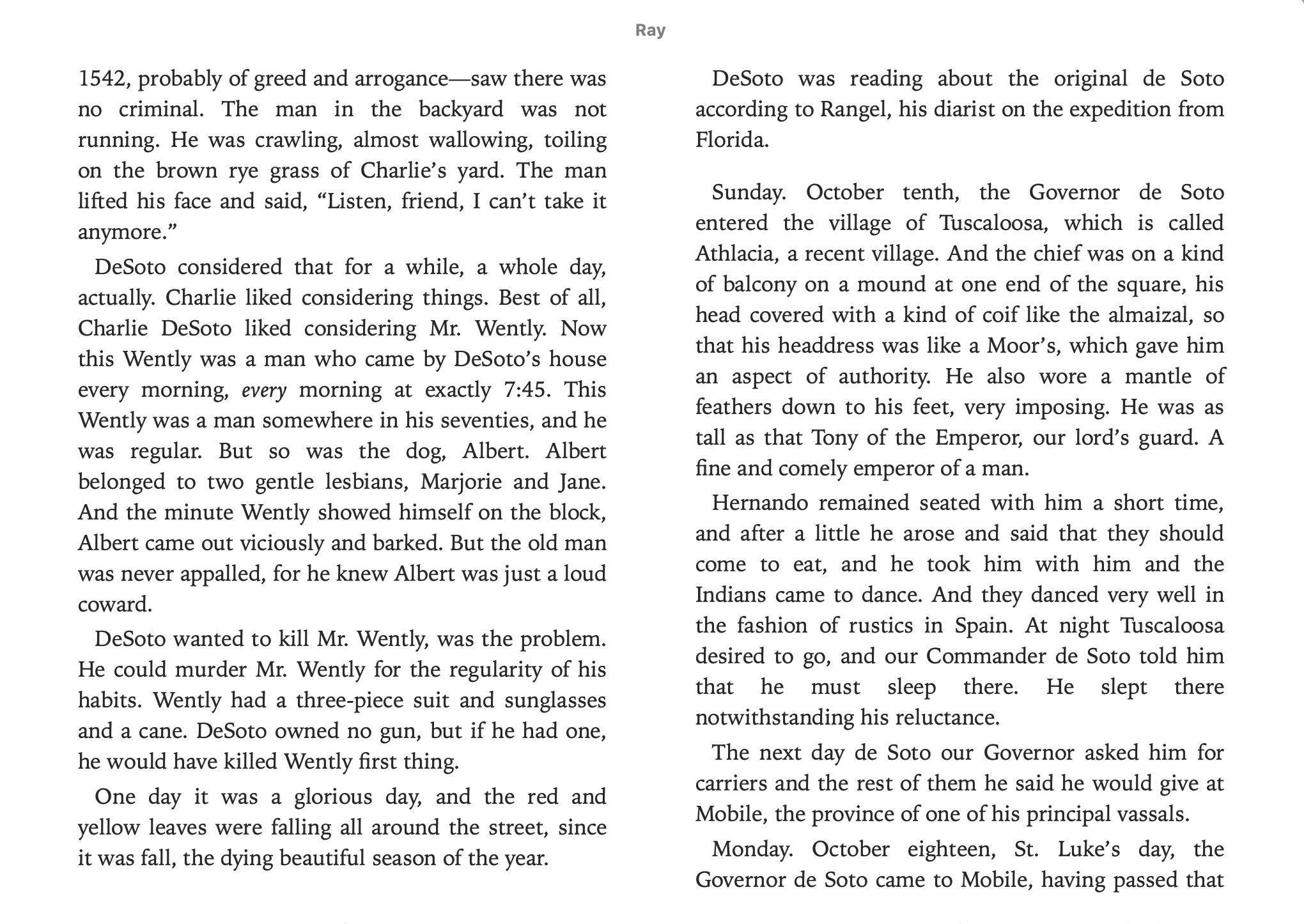
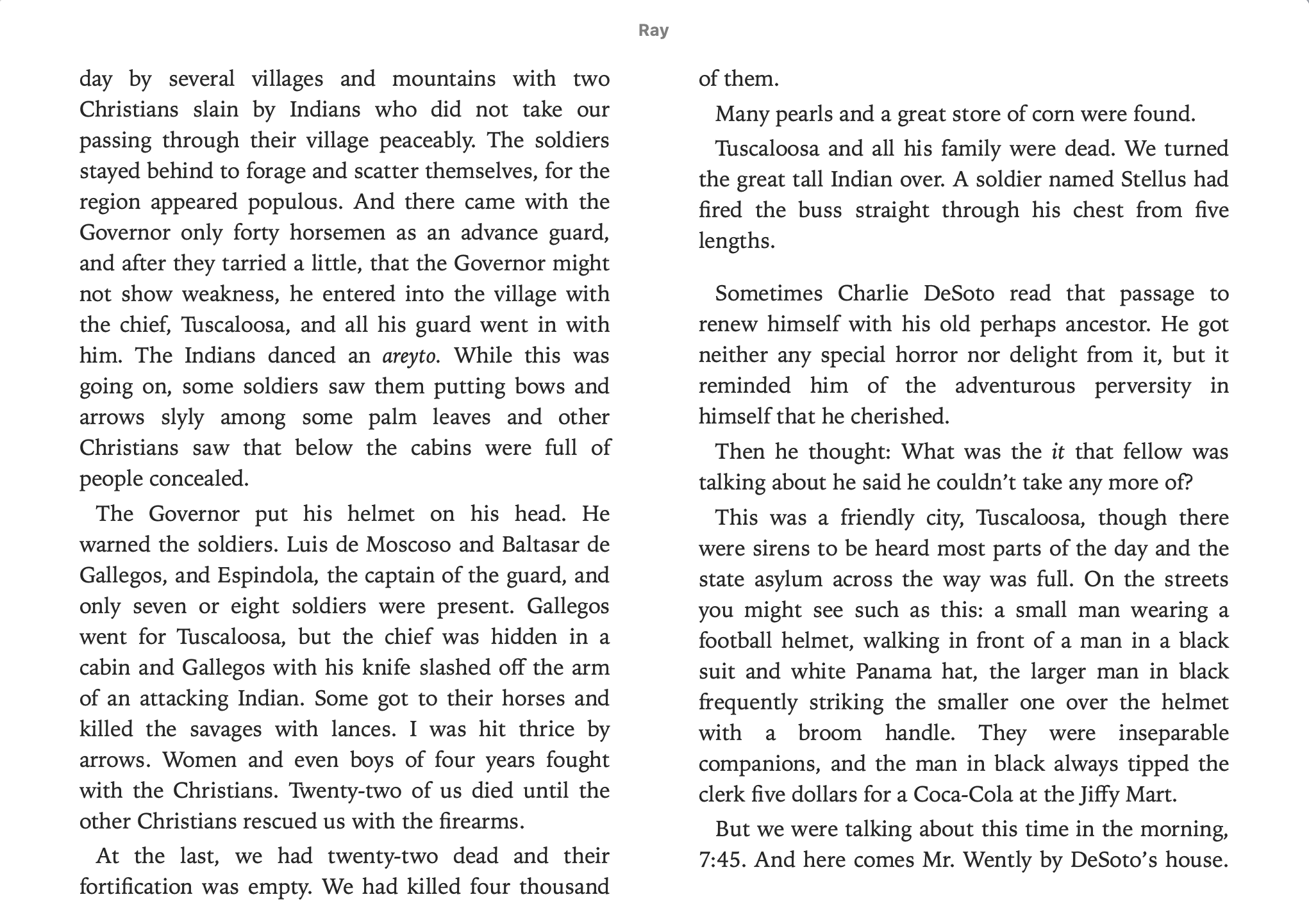
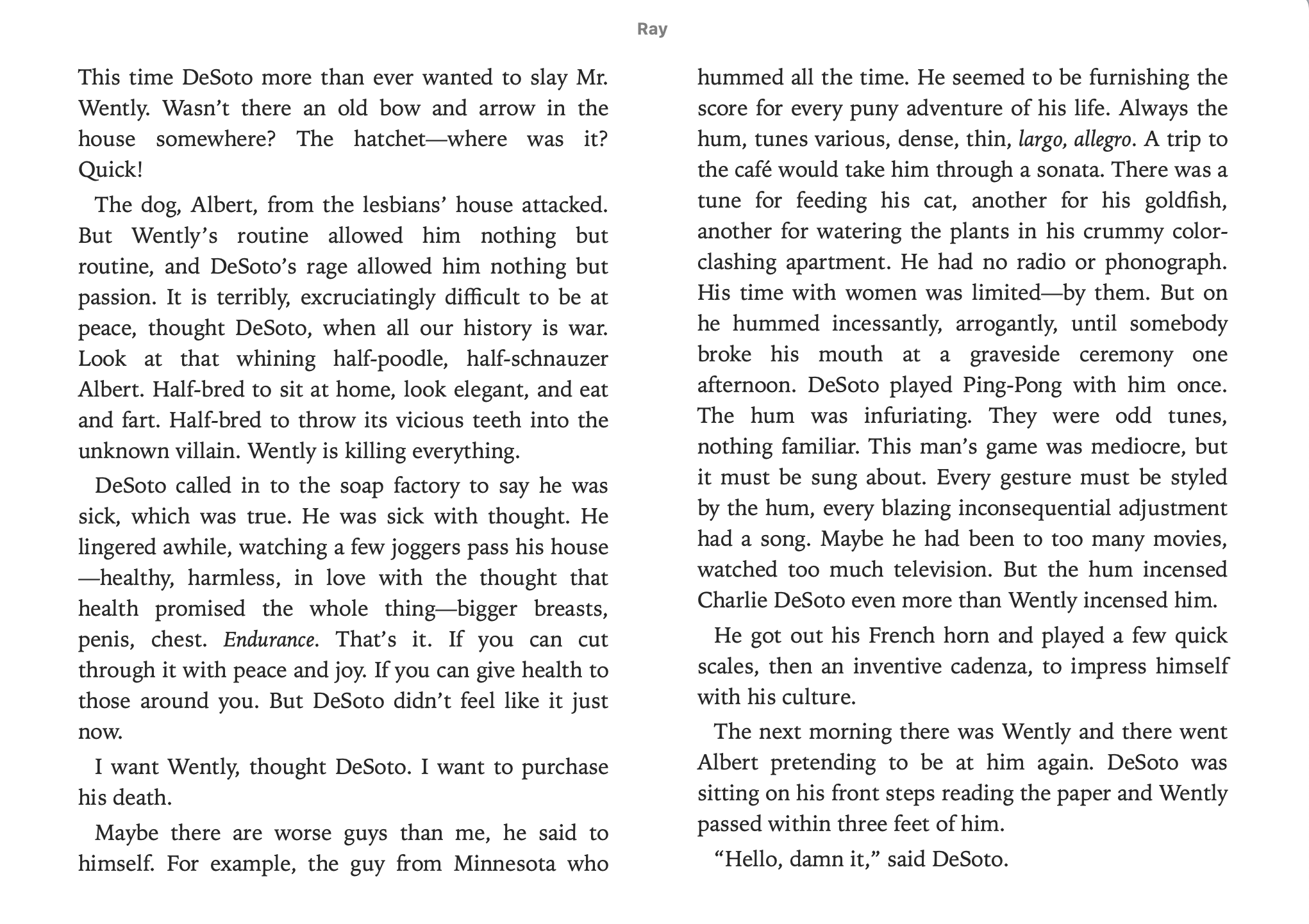
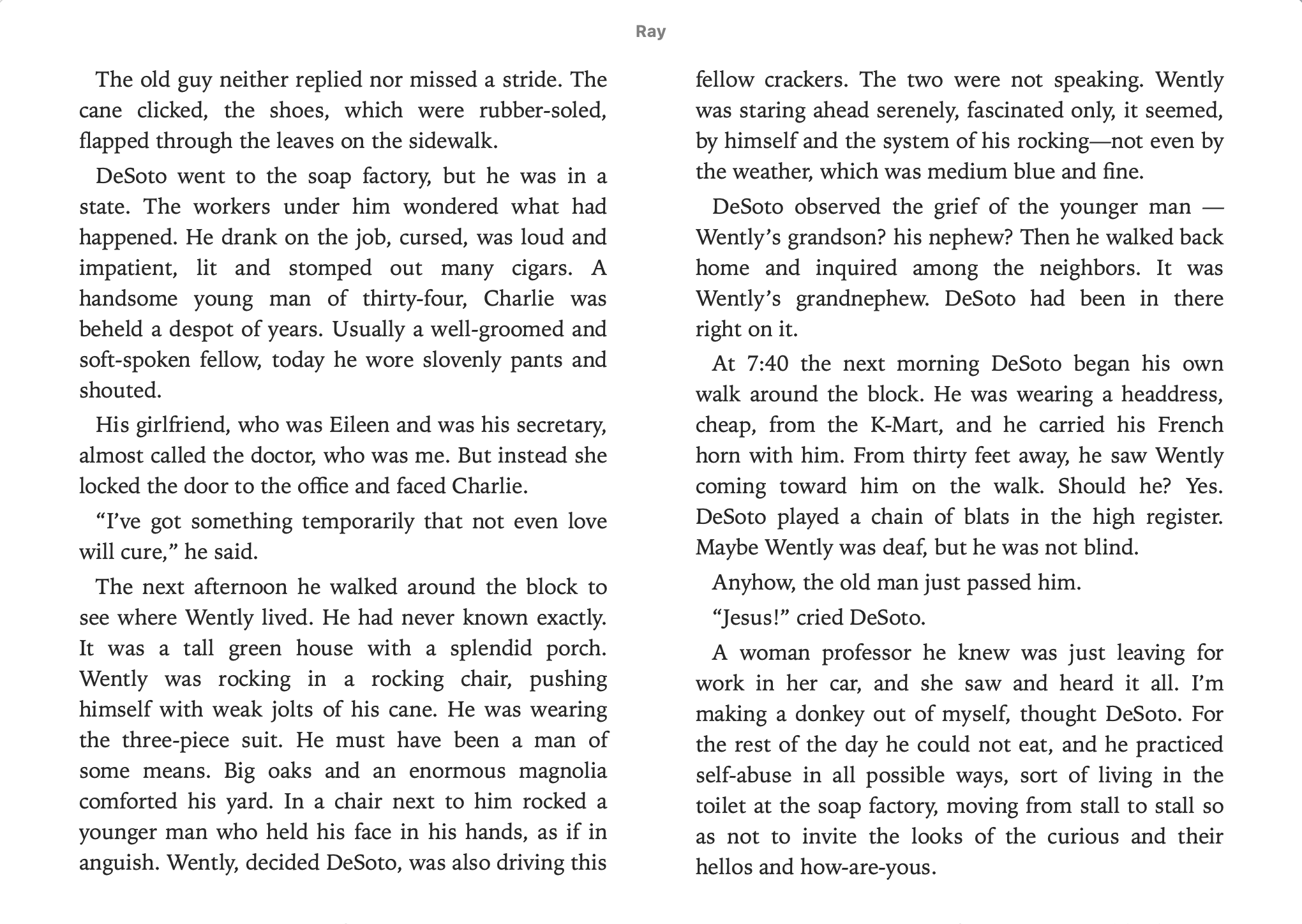
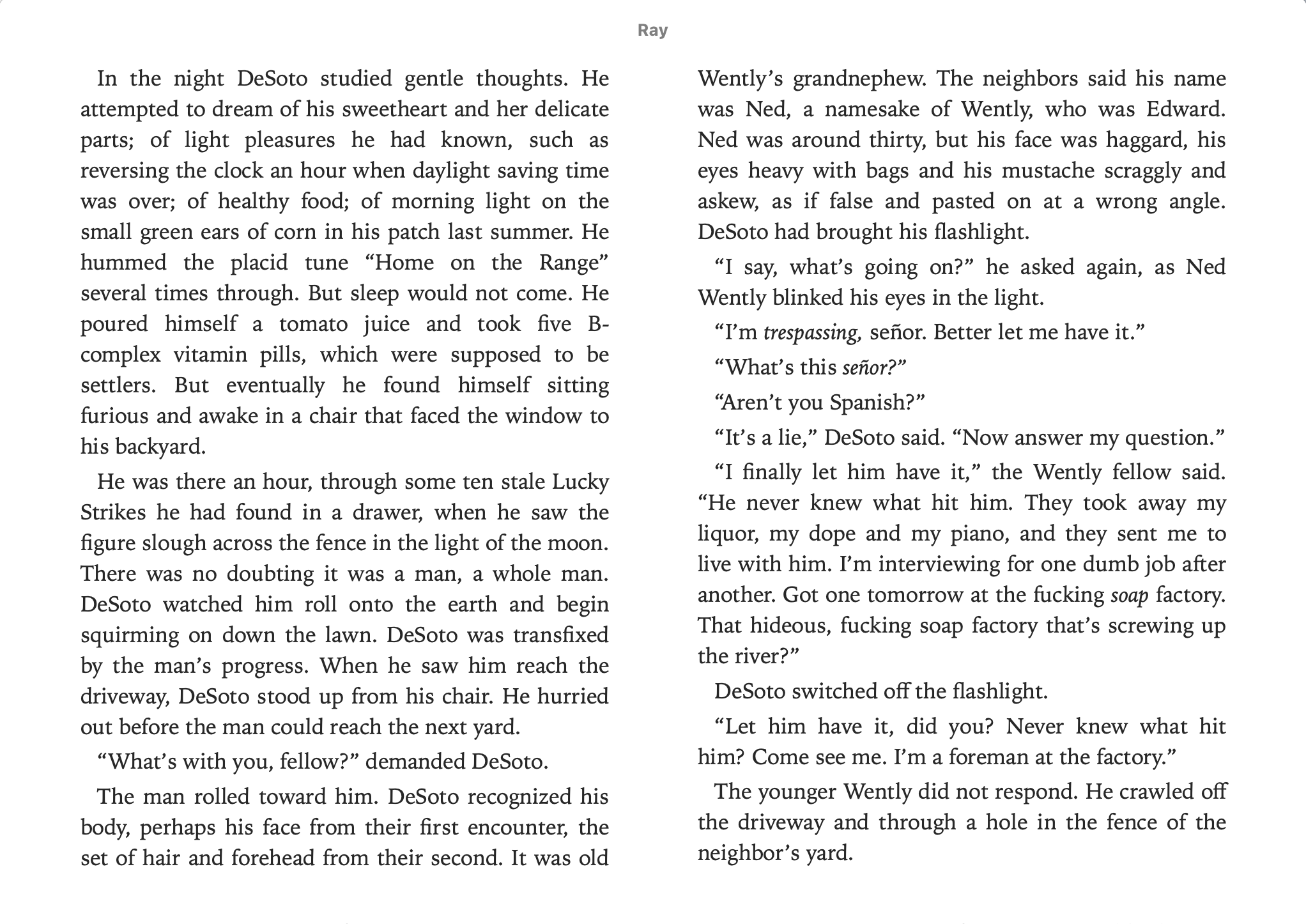
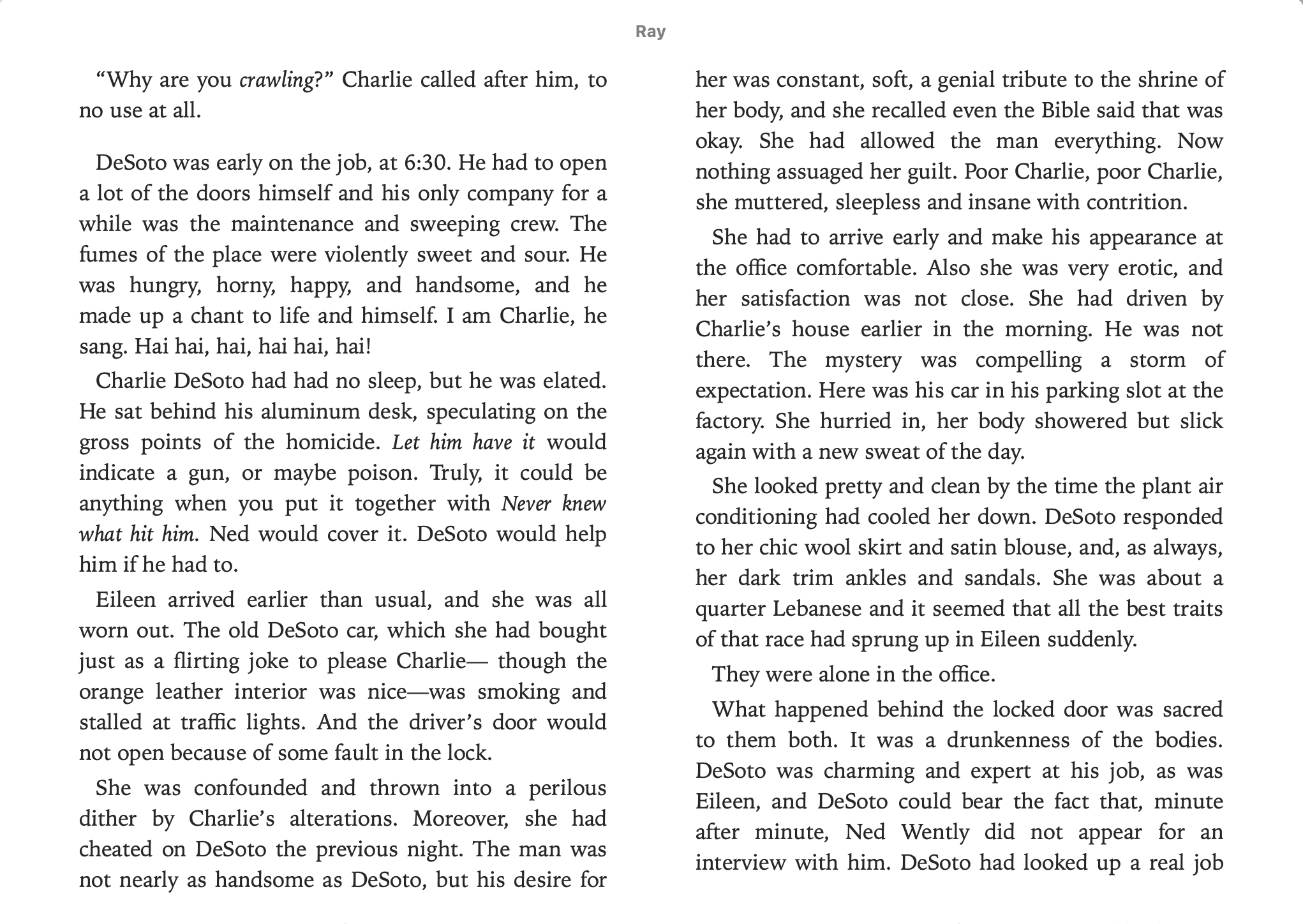
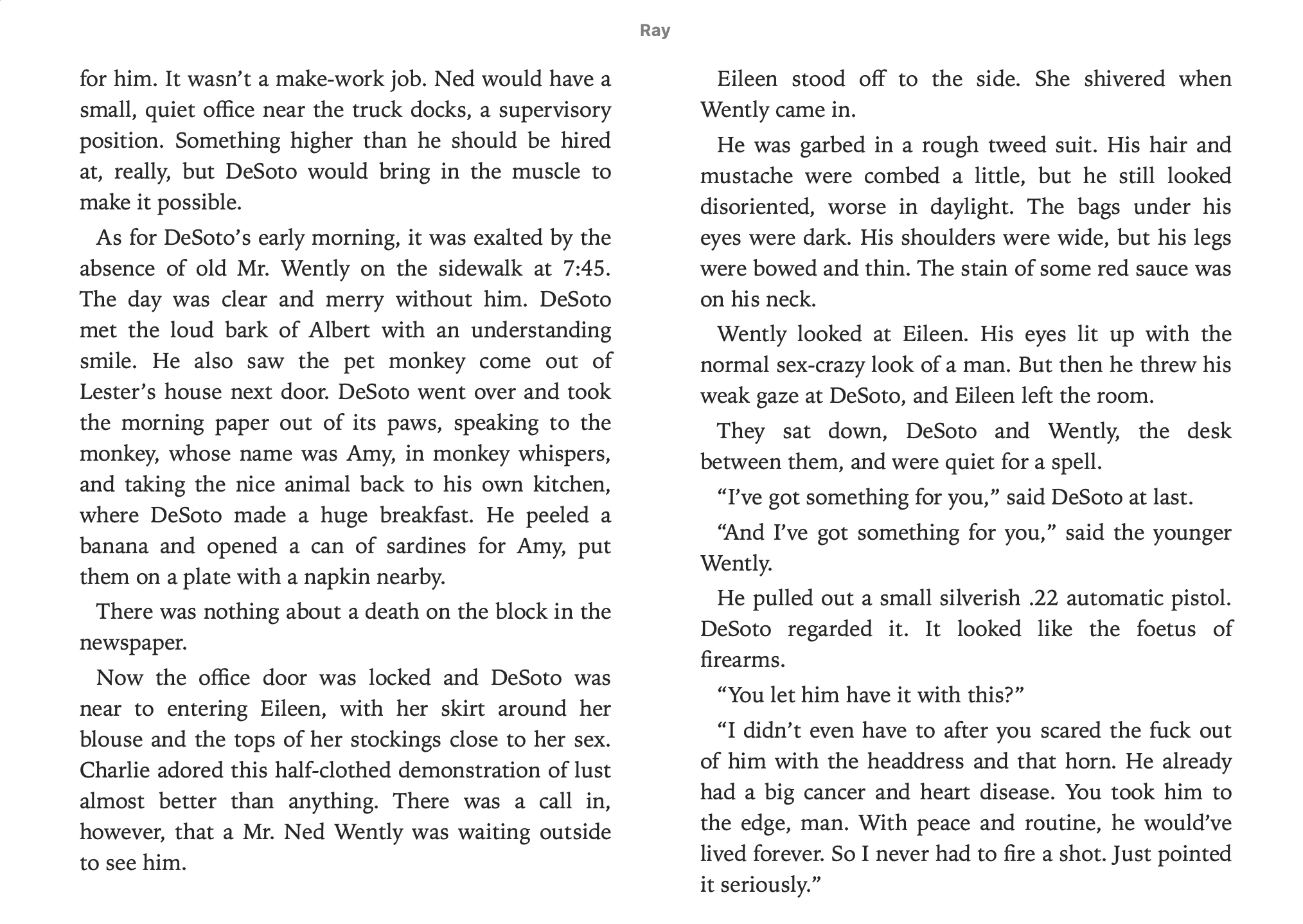
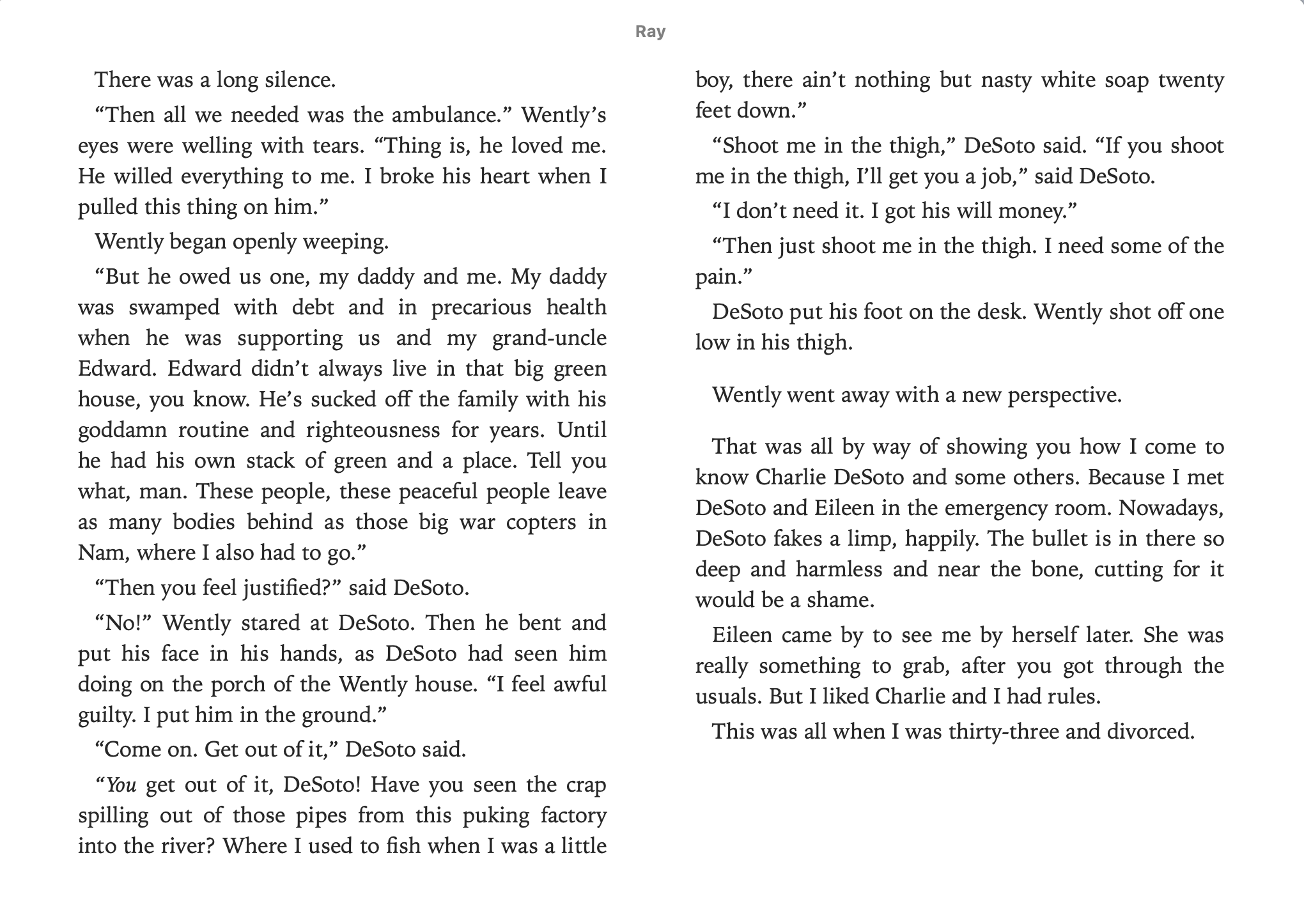


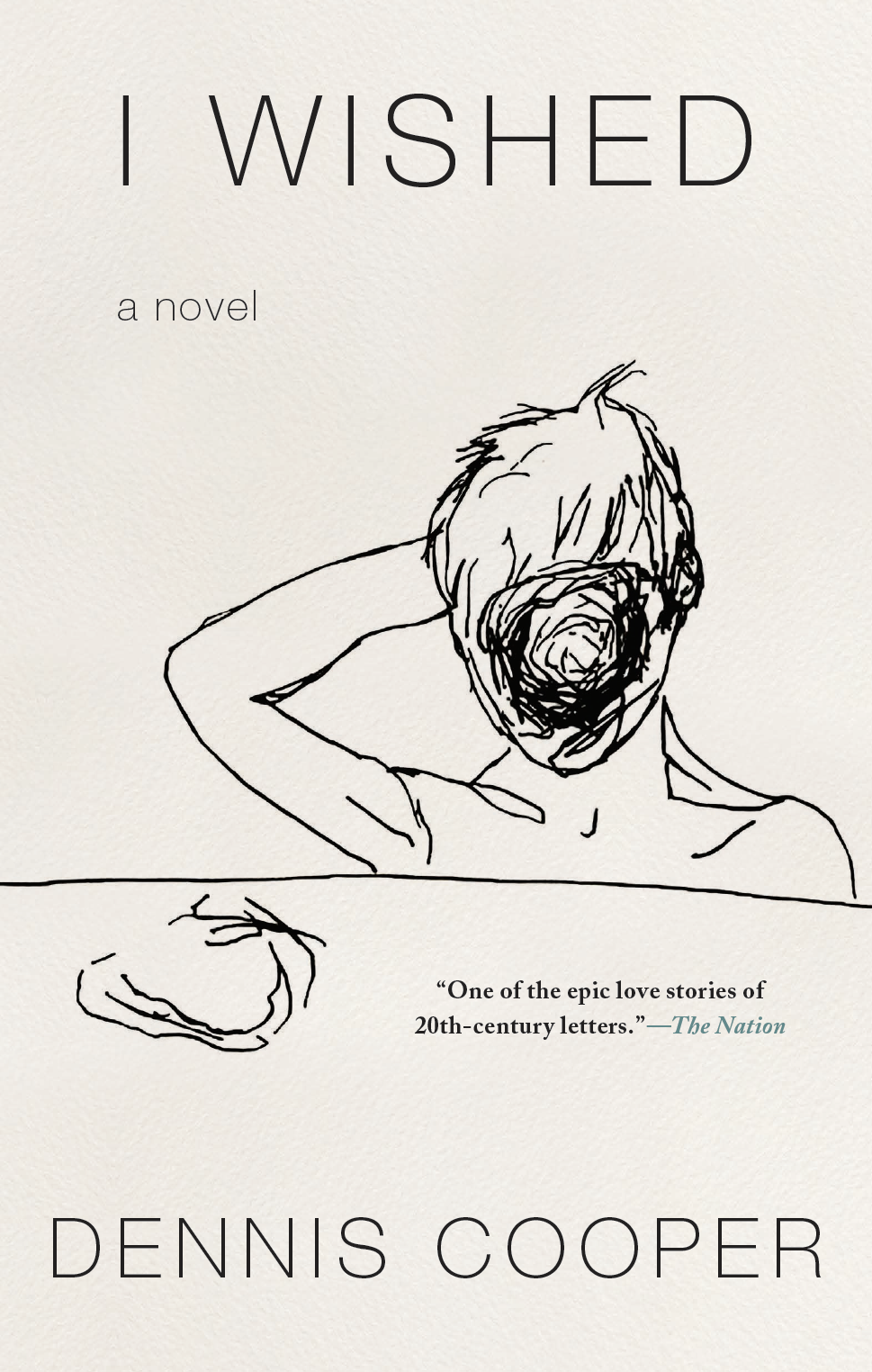
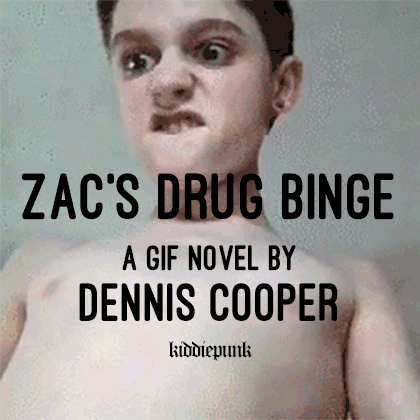
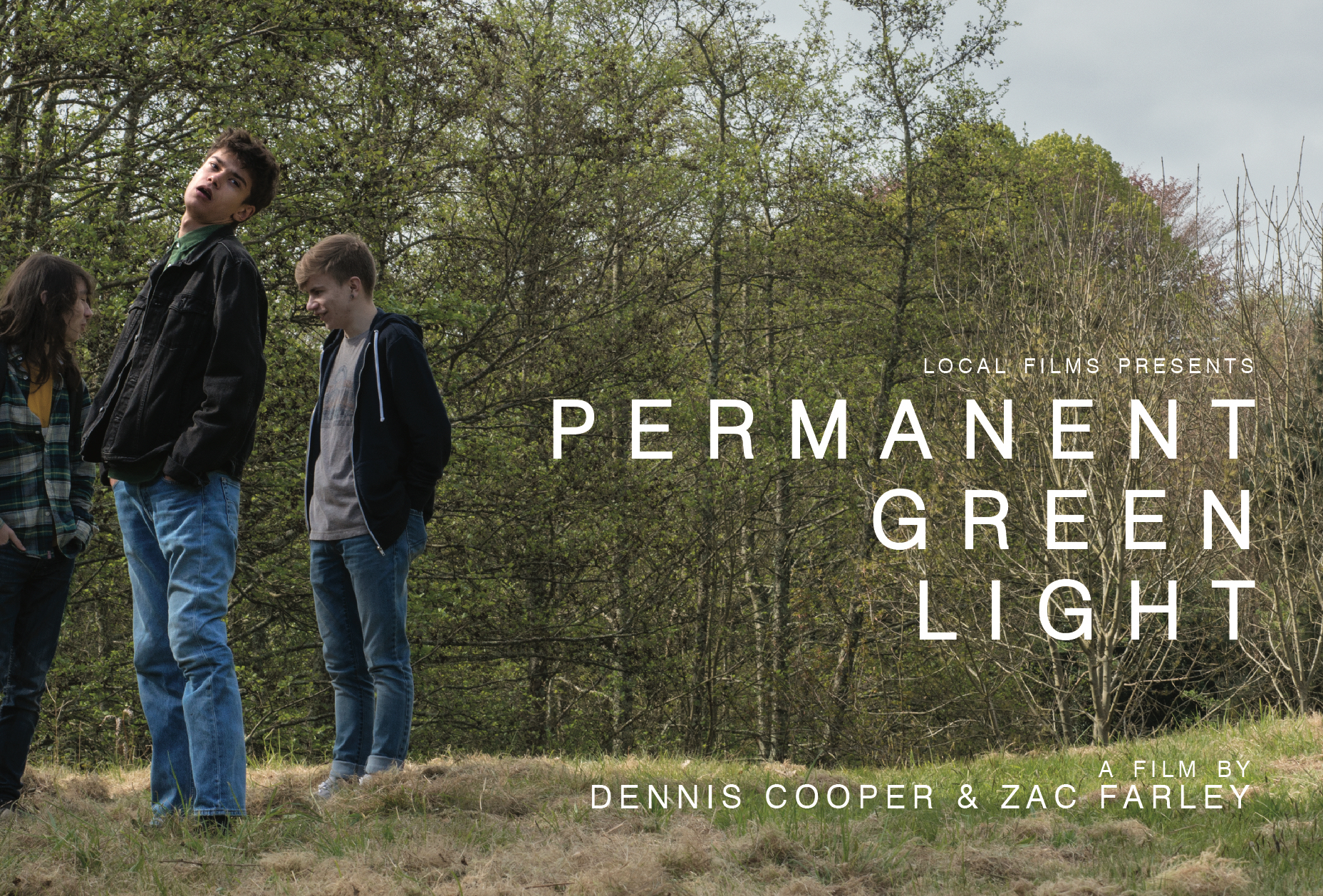 Now available in North America
Now available in North America 